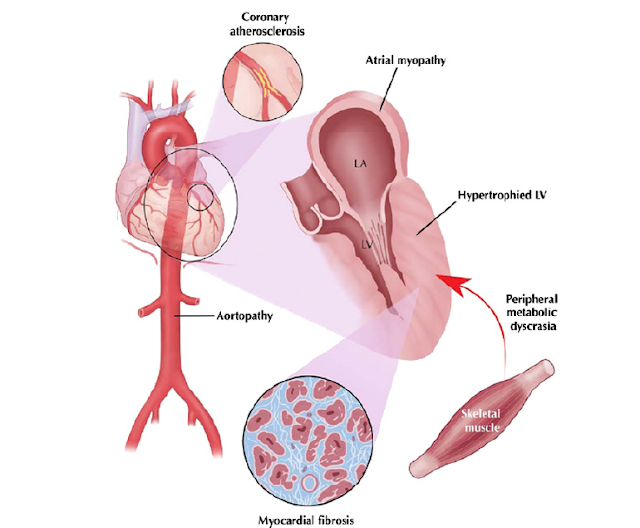Dr. Ramji Mehrotra | Hypertensive Heart Disease

Hypertensive heart disease, often referred to as hypertensive cardiomyopathy, is a medical condition characterized by heart damage that is primarily caused by long-term, uncontrolled high blood pressure (hypertension). When the heart has to work harder due to elevated blood pressure, it can lead to various complications and structural changes within the heart. One of the primary consequences of hypertensive heart disease is the thickening of the heart's muscular walls, a condition known as left ventricular hypertrophy. Leading heart surgeon Dr. Ramji Mehrotra says that this thickening is the heart's way of adapting to the increased workload imposed by high blood pressure. Over time, however, it can lead to a reduced ability of the heart to pump blood effectively, resulting in a decrease in cardiac output and potentially leading to heart failure. Hypertensive heart disease can also damage the coronary arteries, which supply the heart muscle with oxygen and nutrients. This


